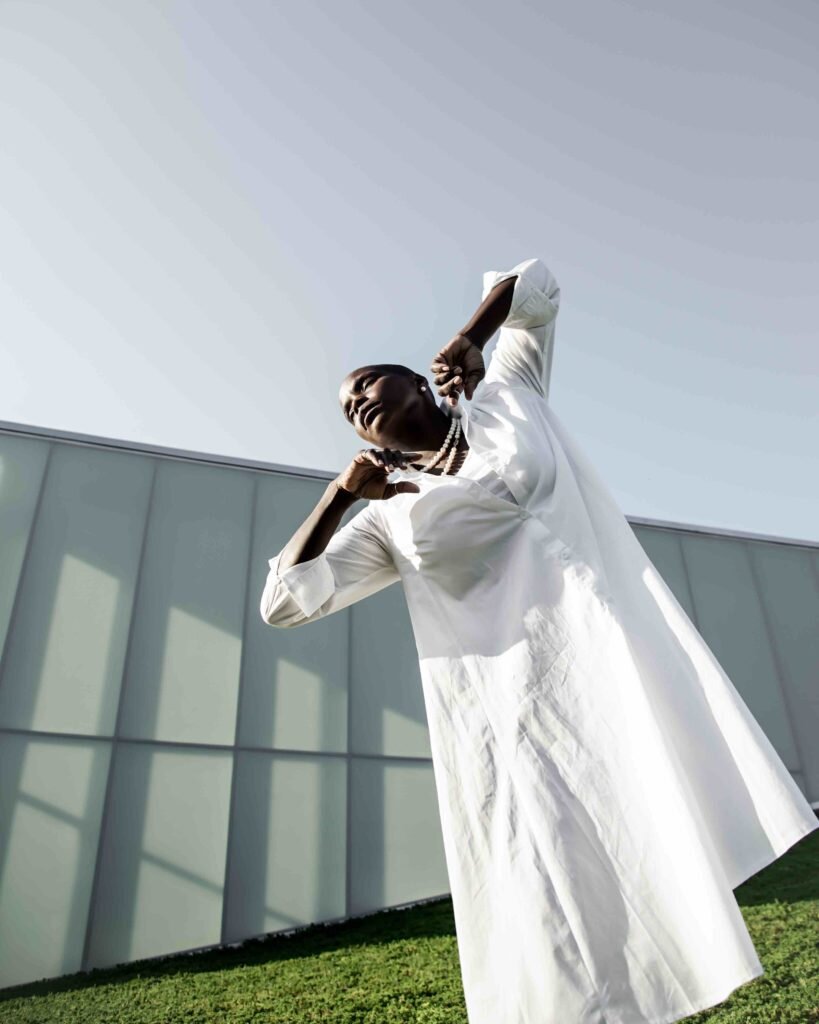
DANCE IMPROVISATION is the process of spontaneously creating movement. Development of movement material is facilitated through a variety of creative explorations including body mapping through levels, shape and dynamics schema. Improvisation is a free, seemingly unstructured, less technically strict and impulsive form that draws inspiration from everyday practices and influences.


Dance improvisation is not only about creating new movement but is also defined as freeing the body from habitual movement patterns. A lot of improvisation is focused on finding a deeper way of comprehending otherwise concealed thoughts or feelings of an individual. Through the emphasis of instinctual, unpredictable, free movement that improvisation is centered upon the mover is able to explore authentic feelings and inspirations. A movement improvisation that is explored with another being it's called Contact Improvisation.


STEVE PAXTON is the founder of this dance form- Contact Improvisation. Born 1939 in Phoenix, Arizona, Steve Paxton is an experimental dancer and choreographer. Paxton believed that even an untrained dancer could contribute to the dance form, and so began his great interest in pedestrian movement. Paxton describes the body as a physical machine that can be expressive by nature and the culture around it. He was interested in texture, shape, size, and even how the use of animals influenced or changed his dance vocabulary. Paxton also challenged the concept of sex and sexuality in dance. Not only was Paxton a revolutionary to the changing world of dance around him but his experimentation with movement and the structure of the human body crafted a different version of what it was to be a dancer.


CONTACT IMPROVISATION is a partner dance form based on the physical principles of touch, momentum, shared weight, and most quintessentially- following a shared point of contact. This dance practice explores the skills of falling, rolling, counterbalance, lifting using minimal effort, how to make ourselves light when being lifted, centering and breathing techniques, and responsiveness to our partners and surroundings. Characteristics of sharing, cooperation, egalitarianism, and informality define the social atmosphere amongst performers and with the audience. Contact improvisation changed and challenged the aspects of traditional modern dance. Today dancers, performers, choreographers, and teachers from around the world have incorporated some form of Paxton teachings of Contact Improvisation into their studies and work.


Five benefits of practicing dance improvisation, regardless of your experience level:
Boost confidence
Encourage self-discovery
Improve musicality
Aid performance recovery
Moving mindfulness
Click and watch to learn more about:
Steve Paxton
Contact improvisation